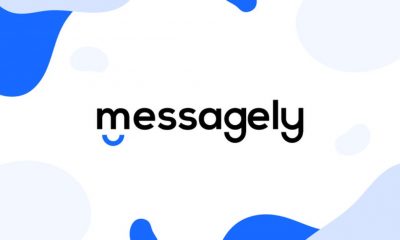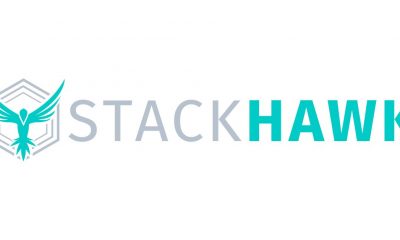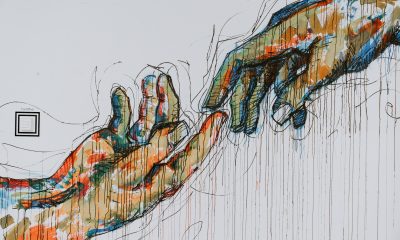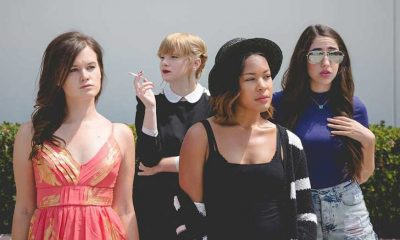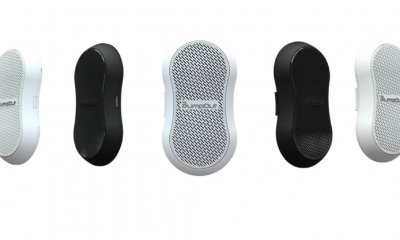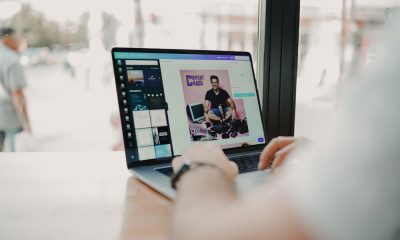Business
Stop Paying For Traditional Advertising
Published
6 years agoon

Everyday I come across companies that are spending tons of money on advertising that is yielding them subpar results. This then makes them believe that advertising does not work. What’s the problem with their strategy? They are using traditional advertising in places where their consumers’ attention is not.
The shift towards digital consumption has significantly grown over the last few years, where most things can now be done on the Internet. Most of our social interactions and the way we consume content is largely taking place through mobile devices as a result of convenience and flexibility. The answer to many of our problems can now be resolved at the touch of a button. Catching up with friends, shopping, binge-watching a TV series, reading the news, or learning a new skill can all be done through mobile device and social apps. Companies that have not innovated themselves to a digital platform are being eliminated by those that have. Of course, not everyone has adopted these mediums as their go-to, some people still rather get their news from a newspaper, or catch up with an old friend at a coffee shop.
However, it is evident that our attention is leaving traditional mediums and continues to shift to the new digital space. So my question to you: if we are spending so much of our time in this digital space, why are we still trying to build businesses and sell products in the old traditional world? Why are big corporations spending their large marketing budgets on expensive traditional advertising when they can be spending a fraction of the price to advertise where our attention is? Not only does the digital world have our attention, but it is cheaper to advertise on, you can directly target your audience, and we receive insightful data that cannot be obtained through traditional forms of advertising. I will really be focusing on Facebook Ads because that is where you can currently find good value right now.
ATTENTION
When it comes down to it, marketing and advertising is about communicating a message to your target audience in the most effective and efficient way possible. It’s all about finding where your consumers are spending most of their time and figuring out how to position yourself in that space.
Billboards are meant to grab the attention of the bored passenger who is staring aimlessly out of the car window and to get glances from the driver. However, this was created when our attention was in the traditional world and before this digital space existed. Today, we have mobile devices that connect us directly to the digital world whenever and wherever. We are no longer bored staring out of car windows, we are on our phones.
Even TV commercials have become less effective than they used to be due to the digital world. We have the ability to stream shows and movies online with no commercial breaks, or we can record television programs that we are interested in seeing to watch at a later time. Much like the billboard, TV commercials were designed when this digital space was non-existent and the only way to ‘skip’ through advertising was by changing the channel. We are no longer consuming television in the traditional scheduled way. Instead of having to pay attention to that commercial we can skip through it (if it’s recorded), we can change the channel, or we can turn to our devices to distract us.
It has become so easy for individuals to be absorbed by their mobile devices whether at home or on-the-go. While this distracts many from traditional advertising, it opens up a whole other realm that holds strong potential when one’s attention is primarily shifted to the digital space. Not only does it allow for a sense of immediate connection, such as real-time conversations on social media during a live award show or sports game, but it is a space that holds opportunity for companies to target users at the right moment.
TARGETING
Digital takes targeting the right audience to an extreme. Unlike traditional methods of print and TV advertising, Facebook, for example, gives companies the upper hand in narrowing down where advertisements will be seen. You have the option to define your audience through key demographics like age and location, or through interests, likes, and/or groups they are part of. With Facebook Ads, you have the ability to showcase your ads to valuable consumers, target those who are interested in your competitors, and even those that work at Company X. This is killer for B2B! If you have a B2B company and know exactly which companies would benefit from your product/service, you have the option to run ads against the employees of that company. There is even the advantage of having creatives positioned differently for Company A and Company B, a strategy that can be worthwhile if done correctly.
One trick that I like to do is that if I know I am going into a meeting with said company, I will run ads against them so that they will become aware of our company and what we provide for our clients. By doing this, I am attempting to sell my services before I step into that meeting and I hope they walk into it already knowing they want to work with me.
PRICING
If you are paying for traditional advertising, you are most likely OVERSPENDING. While these forms of advertising are losing consumer attention, the prices do not reflect that. Digital is a great place to advertise because there does not necessarily have to be an excessive amount of overhead costs like with print and billboards that will cost you material and labour.
One number that I find absolutely insane and a great way to gauge ad value is through CPM (cost per thousand impressions). To advertise on TV you will find yourself paying approximately $25-$30 CPM, while a good chance of that can be saved with Facebook Ads ($5-$10 CPM).
For about one-third of the price, the same audience size can be reached with a more targeted approach. It is important to take advantage of these low costs on Facebook while they last and have your advertising budget used to the best of its potential.
CONVERSIONS + ANALYTICS
Traditional advertising is measured through audience measurement systems and is not as in-depth as digital advertising. Traditional efforts focus on brand awareness with a possible call-to-action, while digital ads have the ability to make better conversions due to convenience. With the click of a button you can send consumers to a product on your website or to sign up for an upcoming event. This allows consumers to remain connected with your company almost instantly.
The insights provided by Facebook Ads allows for user interactions towards advertisements to be tracked (based on the specific CTA being measured, e.g. downloads, signups, purchases). While traditional methods provide you with statistics on average viewership of particular content, Facebook Ads only charge you for what you receive. If your ad is viewed 1,000,000 times, you pay for 1,000,000 impressions, whereas on traditional if a magazine on average sells 100,000 magazines, you pay for that even when this issue only sells 39,000 copies. The same goes with analytics retrieved from video ads. Video analytics provide you with concrete and valuable data that can show where your viewers drop off (such as in the first 3 seconds), giving you the opportunity to address the problem at hand. You have the ability to test your ads for relatively cheap and can identify what needs to be fixed. Don’t blow your budget on something that may not produce quantifiable results.
SOCIAL MEDIA
Advertising campaigns done through social media connects the audience to a brand’s page. You not only get to capture attention from your target audience, but, if done properly, this will turn them into loyal followers. It’s harder for traditional methods to directly and easily convert consumers into followers and retain that same audience in the long run. By using digital, advertising to a target audience is more than getting your company’s name or product at the surface. The next step relies on the company’s responsibility to provide valuable and informational content on their socials to keep their followers interested and establish a meaningful connection.
Having a strong social media presence alongside digital ads gives your company a more reputable presence. Customers or potential customers choose to follow you on your socials where it is not forced or expected. Instead, these customers see the value in your brand/company and make the decision to reach out to you (even if that reaching out is a simple like, share, or comment). This kind of engagement is crucial in building sentiment surrounding your brand in the digital world.
Don’t get comfortable doing things simply because they worked in the past or because they are considered safe. I want you to be able to recognize overpricing and attention shifts so that you will be able to identify the next best place to advertise and not get stuck in the “old ways”. One day, our attention will start to shift away from digital and I’m sure there will still be people paying to advertise there. Always look to the future and play the long game.
You may like
Messagely – Messaging, But Modern
StackHawk – Security At The Speed of Light
Penji partners with Nonprofits to provide $1 graphic design
‘Or Die Trying’ Webseries Empowering Millennials
BumpOut: The Expandable Portable Speaker
Content Creation 101: How To Create, Distribute, And Monetize Your Content
Business
Top 10 Free and Paid eCommerce Tools for 2025
Published
8 hours agoon
September 18, 2025By
Skylar Lee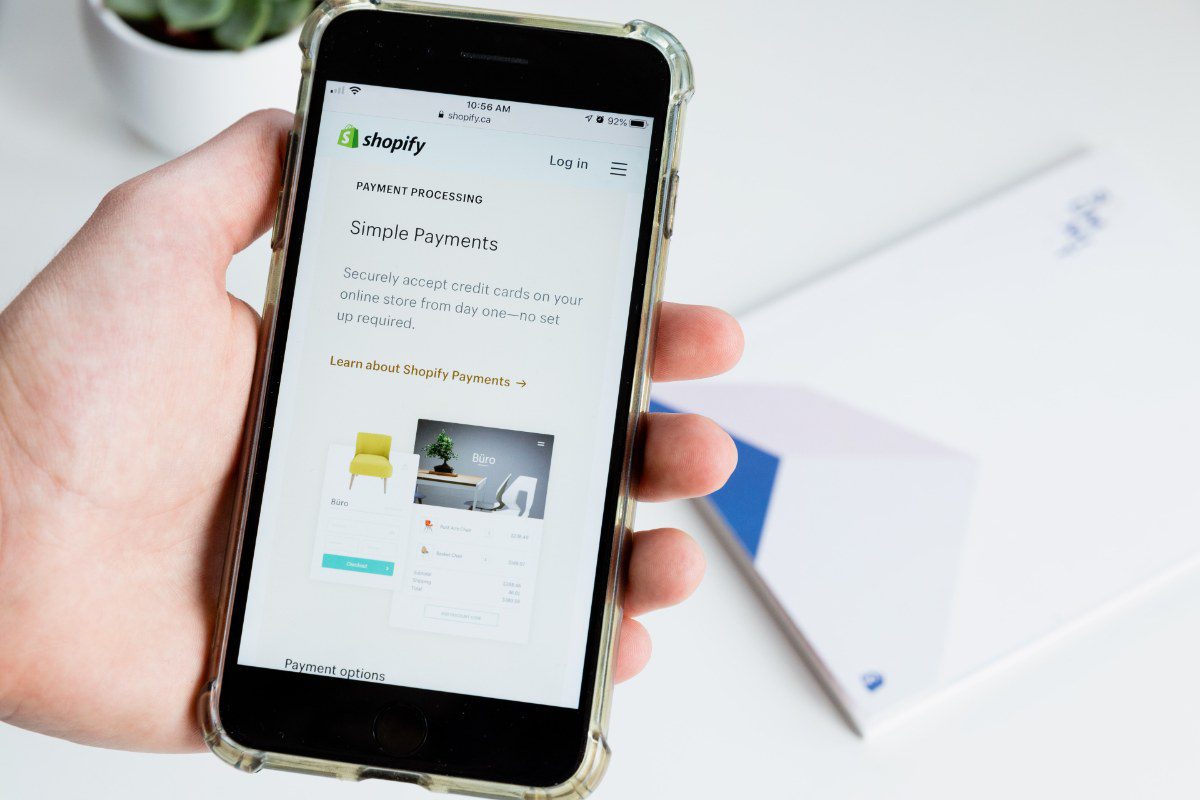
Starting an eCommerce business is no easy feat. You have to think about sales, marketing, customer service, invoicing, and inventory all at once. Some platforms may offer those, but you need other eCommerce tools to make life easier and automate your processes. But which are the best ones? I’ve compiled a list of the best ones here.
1. Shopify
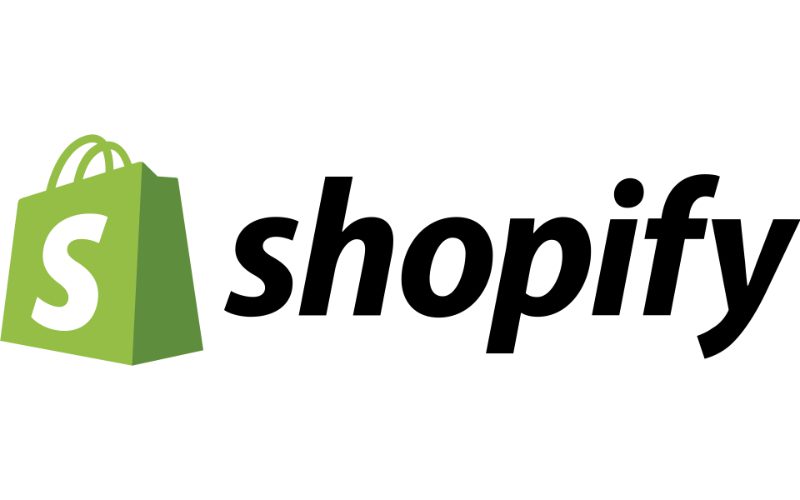
Type: eCommerce platform
Any eCommerce tools list would simply be incomplete without the mention of Shopify. After all, Shopify is one of the leading eCommerce platforms of all time. The eCommerce platform makes it easy for new eCommerce businesses to set up shop in no time. They have a bunch of tools to keep any eCommerce business around, such as branding, point of sales, email marketing, and payment tools.
With Shopify, you don’t have to create a website immediately if you don’t need it yet. If you want to start small, Shopify has a Starter plan where you can reach customers via social media or messaging apps.
Pricing:
Starter (social and messaging apps only) – $5/mo
Basic – $29/mo
Shopify – $79/mo
Advanced – $299/mo
2. Veeqo
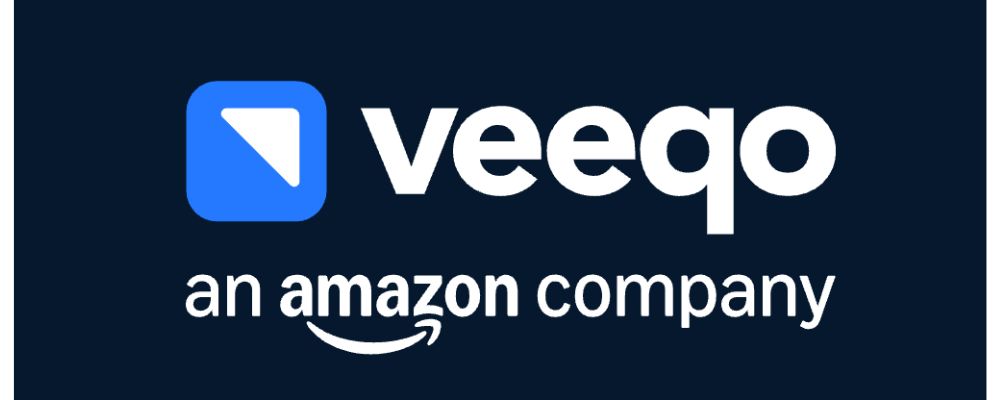
Type: Inventory and logistics
Even though Shopify has everything you need to get your business ready from launch to your first sale, you can integrate tools into the platform, such as Veeqo. Veeqo is a logistics company helping eCommerce businesses with inventory and shipping.
You don’t have to worry about keeping track of all your products manually. With Veeqo, you can rest easy knowing they automate your stock every time there’s a sale. Plus, with shipping, you’ll have lowered rates on known logistics businesses, such as DHL and UPS. In addition, you can automate shipping processes.
Pricing: Veeqo Free, $250 per month for Veeqo Priority
3. SurveyMonkey

Type: Survey
One eCommerce tool that you should use is a survey. This helps you get a pulse of what’s going on with your customers, and one of the survey tools you should use for your eCommerce business is SurveyMonkey.
With SurveyMonkey, you’ll also know what your customers think of your products, aside from the reviews they give. Surveys will provide you with more input, and you’ll learn how to improve your products and how you can interact with your customers better. But it’s not just a tool for your customers. You can also ask your employees how they can improve your eCommerce business.
Pricing:
Team Advantage – $25/user/month
Team Premier – $75/user/month
Enterprise – Contact sales
4. Wave
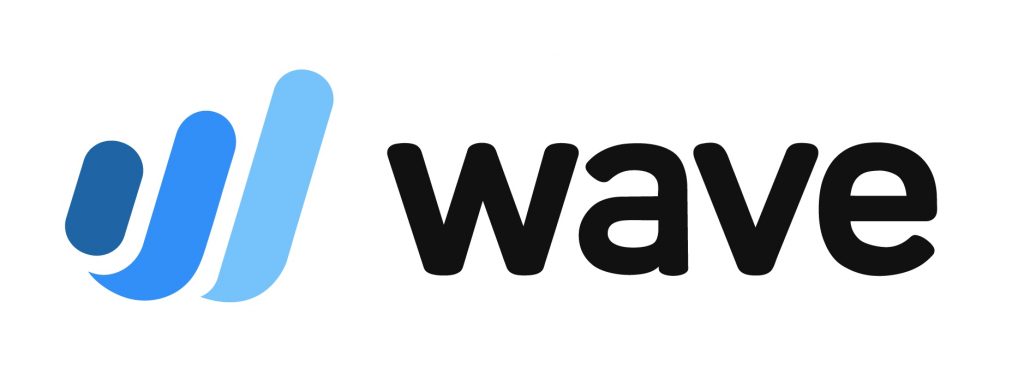
Type: Accounting and Invoicing
Most eCommerce platforms will have their own payment portal. But if you want an all-around easy-to-use small business financial service software, Wave is one of the best eCommerce tools to use. They have these nifty features:
- Invoicing
- Payments
- Accounting
- Banking
- Payroll
- Advisors
With Wave, you don’t need an accountant. Wave helps you with your taxes, bookkeeping, and billing. And if you still need financial help, advisors are ready to help you learn more about finance terms or concepts. Plus, Wave is free to use for their Invoicing, Accounting, and Bookkeeping features. Or, you can even hire a bookkeeper to do all the work for you.
Here’s the pricing for their Payments, Payroll, and Advisors features:
Payments: 2.9% + $0.60/ transaction (AMEX: $3.4% + $0.60/transaction)
Bank payments: 1%/transaction
Payroll: Tax service states – $40/mo; Self service – $20/mo
Advisors: Bookkeeping support – $149/mo; Coaching – $379/mo
5. Rewind
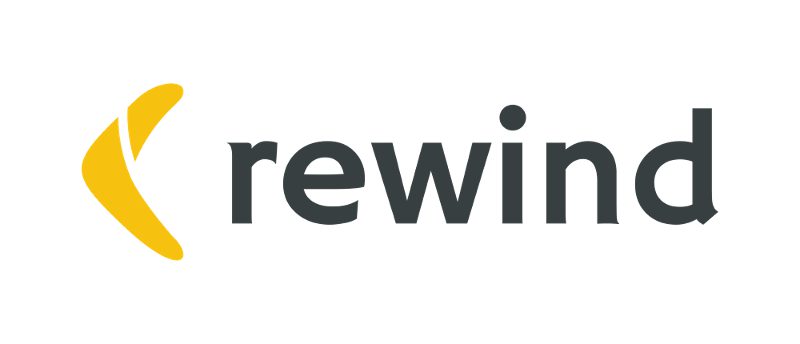
Type: Data protection
Any business with a website should know that they need to back up their data. After all, you can put it right back up anytime if outages or something unexpected happens to your website. And if you don’t want to lose your data, Rewind is one of the best eCommerce tools out there.
Rewind can help eCommerce businesses protect their business from any downtime with their daily backup. If you have integrated a 3rd party app into your website, but it’s not doing you any good, you can just rewind and get back to the last time you didn’t install it. Plus, they ensure your data is secure from any attacks.
Pricing: Starts at $45/mo
6. Zendesk

Type: Customer service
Zendesk is one of the best customer service tools of all time, with more than 100,000 brands and users helping customers with their concerns. The customer service tool will help eCommerce businesses connect with customers through email, phone, or live chat.
Pricing: Starts at $19 per agent per month, billed annually
7. Jungle Scout

Type: Marketing
If you need a marketing and keyword research tool made for online sellers, Jungle Scout is one of the best eCommerce tools to use. This tool is for Amazon sellers, but you can still use this for your online store anywhere. You can grow your traffic with their keyword research feature, optimize listings, and get more reviews for your site.
They also have an inventory management feature. Plus, Amazon sellers can get more out of the tool with their finances and ads features.
Pricing: Starts at $29/month
8. Copysmith

Type: SEO/Marketing
Are you having trouble creating product descriptions for all of your items? Don’t fret, Copysmith is an AI writing tool to help you create a copy in minutes. It can be difficult trying to come up with persuasive copy that will get people to click add to cart.
With Copysmith, you’ll have an AI assistant giving suggestions from the keywords you provided. From there, you can choose from the best copy and add it to your website. Plus, they ensure that the copy is search engine optimized, so customers can visit your online store and get more traffic. In addition, you can also create bulk product descriptions for SKUs.
Pricing: Starts at $19 per month
9. MailChimp
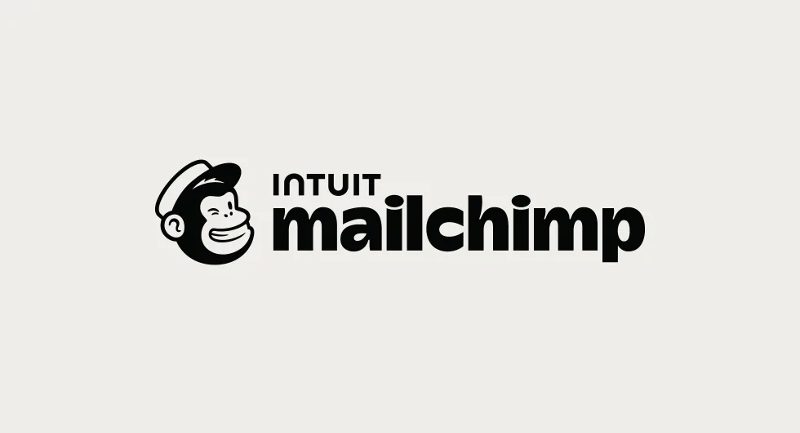
Type: Marketing
MailChimp is best known for email marketing. But it has grown into an all-around marketing platform for any business. They have a comprehensive email marketing platform, allowing businesses to segment their audience, reach more, and analyze open and conversion rates.
Aside from email marketing, MailChimp allows businesses to create optimized landing pages and social media ads and send printed postcards.
Pricing: Free plan available, paid plans start at $13 per month
10. Google Analytics
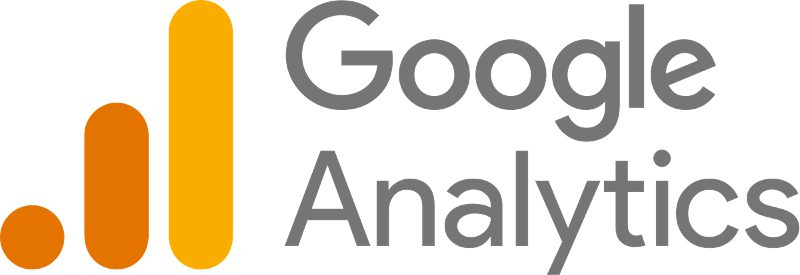
Type: Analytics
Any entrepreneur or seller needs to keep track of their online business. And if you want to know how your online store ranks on one of the widely used search engines, you can use Google Analytics.
Most eCommerce platforms will have analytics, but Google Analytics can help you with your marketing, and you’ll know how to reach more customers. Plus, you can run ads with their Google Ads and Search Ads 360 features and get access to the Google Search Console.
Pricing: Starts for free
These eCommerce tools have proven their worth and helped other eCommerce businesses thrive in their own niche. Plus, they have also provided immense value and eased the minds of new and existing eCommerce businesses.
Business
What’s the Best Website to Get a Graphic Designer in 2025?
Published
12 hours agoon
September 18, 2025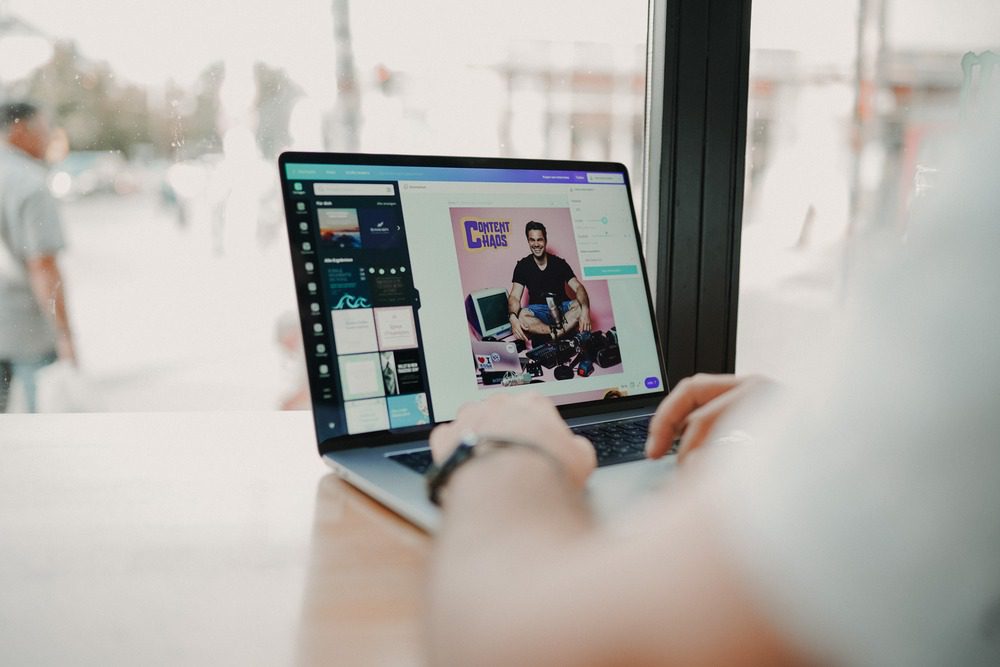
Great design makes your business shine. But when there are so many sites out there it’s hard to discern who to get your graphic design from. This article will outline the best graphic design hire websites in 2025 along with what they offer and their advantages and disadvantages so you can make an informed choice.
#1 Penji – Best for Unlimited Graphic Design
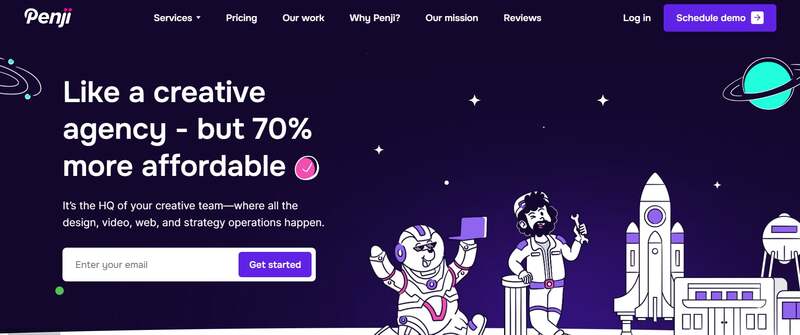
Ranked number one is Penji simply for its unlimited graphic design subscription. You pay a flat rate per month and can request as many designs as you’d like.
Pros:
- Unlimited requests and revisions
- Fast turnaround (24-48 hours)
- Flat rate pricing means no surprises
- Team of professional designers at your service
Cons:
- Not suitable for anyone who only needs one small project
- Monthly subscription fee could feel expensive for one-off users
Penji is ideal if you’re seeking out graphic design outsourcing services and want to avoid freelancers and fickle situations in the future.
#2 Design Pickle – Best for Business Support
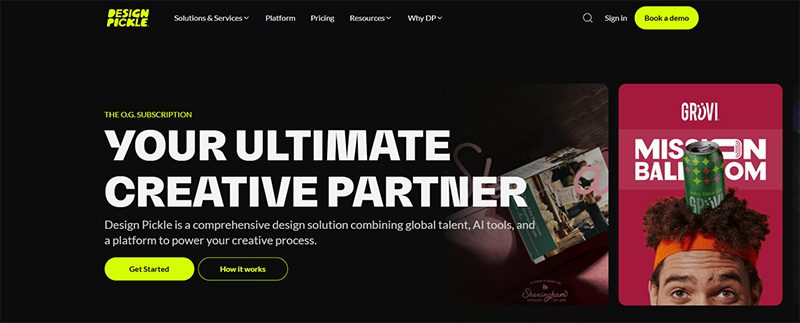
Design Pickle operates similarly to Penji with a subscription option that’s favored among businesses needing frequent graphics.
Pros:
- Unlimited design requests and revisions
- Flat monthly fee
- Designers dedicated exclusively to your projects over time
Cons:
- Turnaround time depends on how busy designers are with other projects
- Pricing is higher than other options if you’re not going to use the service frequently
This works well for business owners who are in need of constant support—but not necessarily the extensive offerings that Penji provides.
#3 Toptal – Best for Higher End Talent

Toptal makes its mark by connecting you with top-quality freelance designers. If quality is your priority and money isn’t an issue, this is the best site.
Pros:
- vetted, top-tier designers
- Pay as you go, or employ long-term.
- Ideal for difficult design tasks that demand long-term engagement.
Cons:
- Significantly higher than all other options.
- Not ideal for smaller projects or finances.
Best for those who prioritize top-tier talent above cost reductions.
#4 Dribbble: Best for Creative Portfolios

Dribbble is a community where designers can share their work. You can look through portfolios and contact the people whose work you admire.
Pros:
- Access to the specialized creators.
- Ideal for style discovery or inspiration.
- Communicate directly with designers before hiring.
Cons:
- No fixed-price service
- Quality ranges by creator—some might be available, others might not
- Takes a lot of time to research potential hires since they’re not all guaranteed availability or skill level
This is best for those who want to see portfolios created by potential candidates and match styles with their needs.
Conclusion
No matter which site you choose in 2025, you’ll find benefits from each. Go with Dribbble if you want creative freedom in hiring, Toptal if you’re looking for exclusive freelancers, and Design Pickle if you’re seeking ongoing support. But if you want consistent, affordable, unlimited graphic design without any guessing—Penji is number one. Visit penj.co today to streamline design for your business.
Business
What’s the Best Subscription Creative Service Agency in 2025?
Published
15 hours agoon
September 17, 2025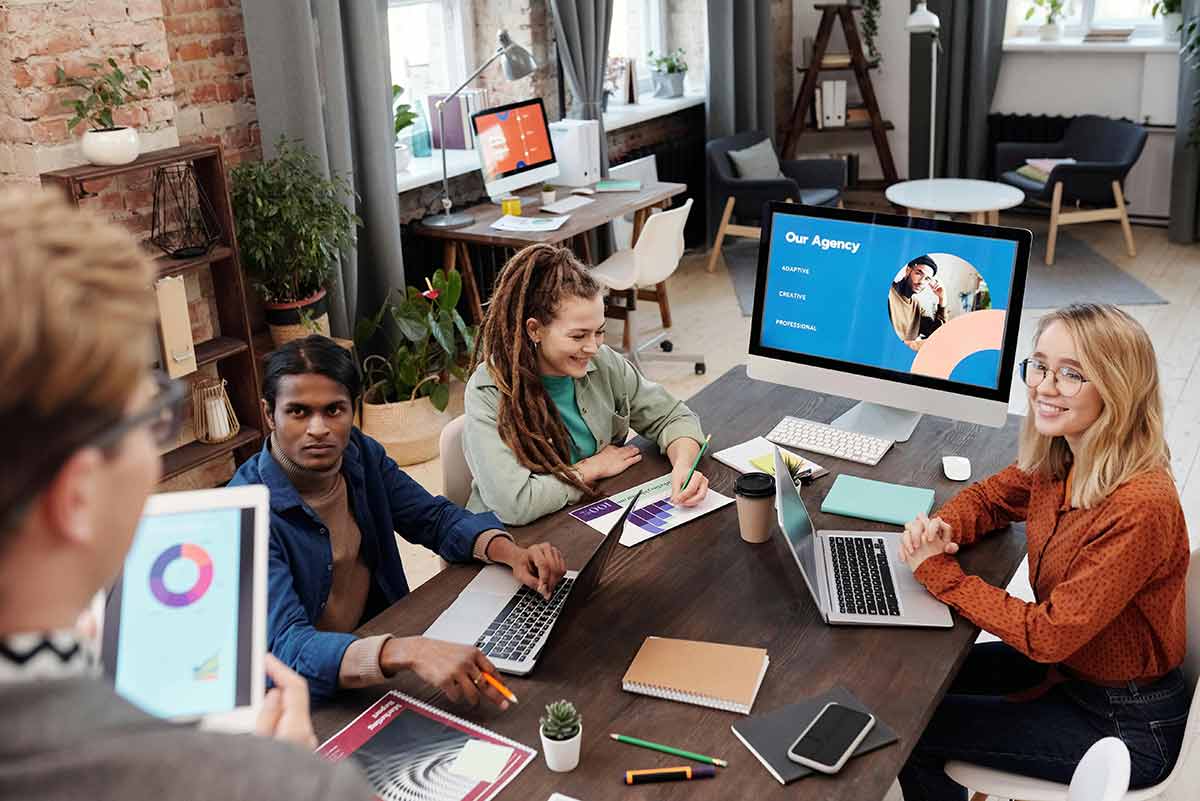
This year, we’ve witnessed how creative work moves at breakneck speed. We see brands launching faster, content increasing, and competition becoming more fierce. This is the reason subscription creative services are multiplying by the second. They are proven beneficial to businesses. But how do you choose? We compiled this short list of the best subscription creative services to help you decide.
1. Penji

Hands down, the best subscription creative service, Penji, has been making waves in the design niche since 2017. It offers a diverse range of innovative services, including web and app design, social media graphics, logo design, custom illustrations, and more. Its unlimited graphic design business model lets you send requests for as many designs as you want a month for a flat rate.
2. Reel Unlimited

For small businesses and startups, Reel Unlimited is the best subscription creative service for you. They can craft graphics, websites, and video content for you with fast delivery and unlimited revisions. You can avail of its 7-day free trial to determine if this is the right fit for your brand.
3. Designity

Taking pride in its hybrid business model, Designity combines freelance talent with creative direction. This is the ideal subscription creative service for businesses seeking strategic design leadership. It provides branding, web design, UX/UI, and a range of other marketing materials for your brand.
4. Superside

Next is Superside. This is the best subscription creative service for brands that require enterprise-level work. It has a focus on collaboration and scalability, making it the most suitable graphic design partner for large teams and global businesses.
5. NoLimit Creatives

Last but not least, NoLimit Creatives, the design service that offers both graphic and video design with flexible plans. It is most suited for agencies and eCommerce businesses. It provides a wide range of creative services, which include online ads, social media graphics, product packaging, and video editing.

Top 10 Free and Paid eCommerce Tools for 2025

What’s the Best Website to Get a Graphic Designer in 2025?

What’s the Best Subscription Creative Service Agency in 2025?

Top 10 Public Relations Tools Every Entrepreneur Should Check Out

What the Hell Was Magic Dirt? The Black Oxygen Organics Hoax

Unlimited Graphic Design Companies Of 2025 + Promo Codes (Updated)

What’s the Best Creative Design Company for you?

Unlimited Graphic Design Companies Of 2025 + Promo Codes (Updated)

Top 10 Pet Tech Products That Redefine How We Care for Pets

What the Hell Was Magic Dirt? The Black Oxygen Organics Hoax

Top 10 Free and Paid eCommerce Tools for 2025

Top 10 Public Relations Tools Every Entrepreneur Should Check Out

Top 10 Shipping Software Options for Businesses


